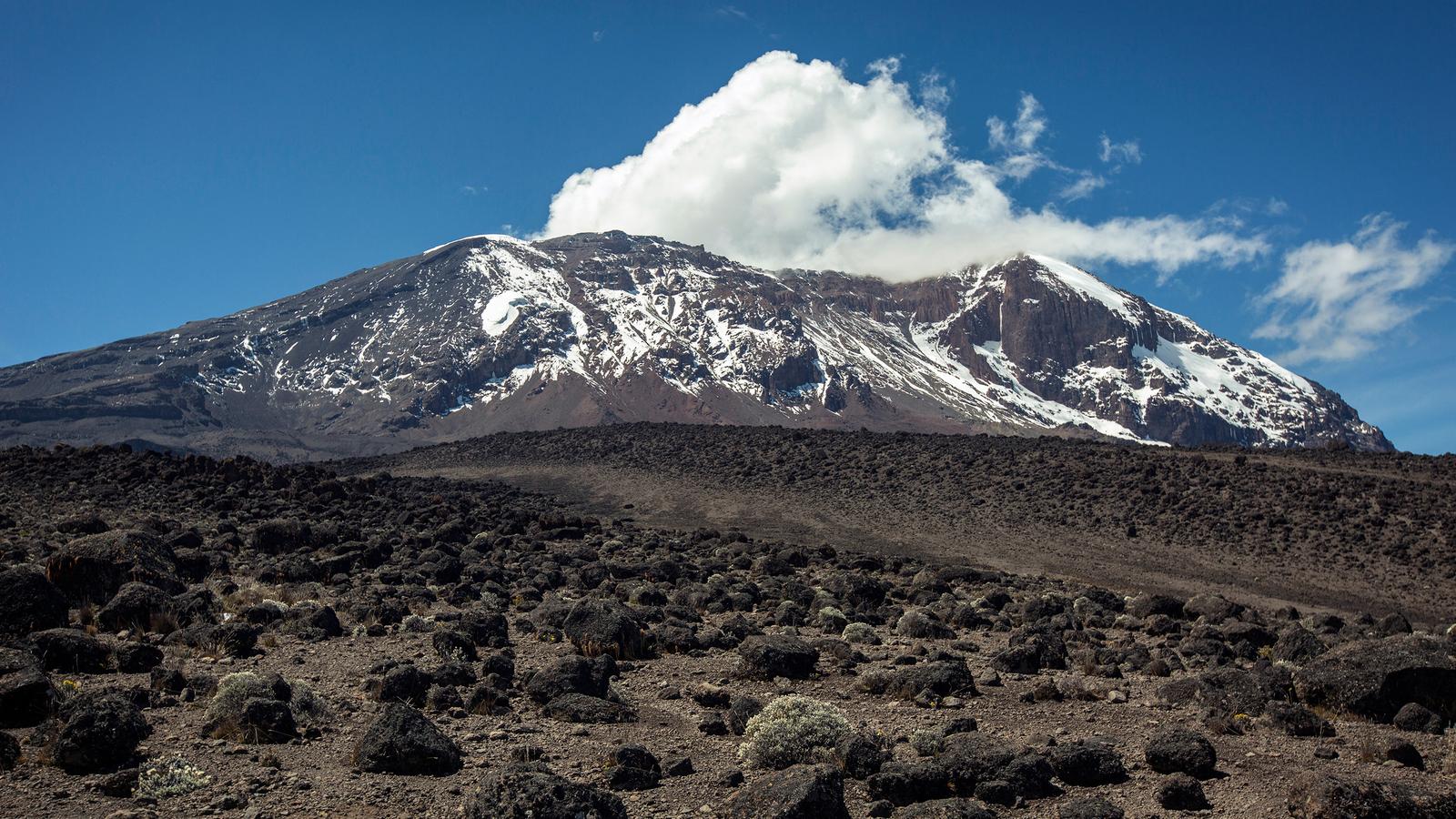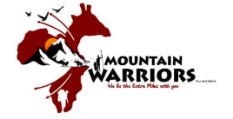Mount Kilimanjaro Altitude Training
Preparing for a Successful Mount Kilimanjaro Climbing Adventure with Altitude Training
Mount Kilimanjaro, the highest peak in Africa, is an awe-inspiring and challenging climbing adventure. The journey to the summit takes climbers through diverse landscapes, from tropical forests to barren high-altitude deserts.
The altitude, however, is one of the biggest challenges on the mountain and requires proper preparation and training. In this article, we will discuss the importance of altitude training for a successful Mount Kilimanjaro climb.
The Importance of Altitude Training for Mount Kilimanjaro:
Altitude can affect the body in many ways, and the effects are more pronounced the higher you go. The lack of oxygen at high altitudes can cause altitude sickness, which can range from mild symptoms like headaches and fatigue to more severe symptoms like nausea, vomiting, and even life-threatening conditions like high altitude cerebral edema (HACE) and high altitude pulmonary edema (HAPE).
Therefore, it is important for climbers to properly prepare for the altitude on Mount Kilimanjaro. This is where altitude training comes in. Altitude training helps the body acclimate to the lower levels of oxygen at high altitudes and can reduce the risk of altitude sickness.
Tips for Altitude Training Before Climbing Mount Kilimanjaro:
Gradual ascent: One of the most important things you can do to prepare for altitude is to take a gradual ascent. This means starting your climb at a lower altitude and gradually working your way up to higher altitudes. This gives your body time to adjust and acclimate to the lower levels of oxygen.
Physical fitness: Physical fitness is also important for climbing Mount Kilimanjaro. Regular exercise and physical activity can help you better handle the physical demands of the climb.
Altitude simulation: There are various altitude simulation tools available, such as altitude tents, that can help you prepare for the conditions of Mount Kilimanjaro. These tools can help you acclimate to the lower levels of oxygen in a controlled environment.
Hydration: Proper hydration is important at any altitude, but it is especially important at high altitudes where the air is dryer. Make sure to drink plenty of water to stay hydrated and reduce the risk of altitude sickness.
FAQs on Altitude Training for Mount Kilimanjaro:
- What is the best way to prepare for the altitude of Mount Kilimanjaro?
The best way to prepare for the altitude on Mount Kilimanjaro is to take a gradual ascent and allow your body to acclimate to the lower levels of oxygen. Physical fitness and proper hydration are also important. Altitude simulation tools, such as altitude tents, can also be helpful in preparing for the conditions on the mountain.
- How long should I spend training for the altitude on Mount Kilimanjaro?
The length of time you should spend training for the altitude on Mount Kilimanjaro will depend on several factors, including your current level of physical fitness and your acclimatization schedule. In general, it is recommended to spend several weeks preparing for the climb and to take a gradual ascent.
- Is it possible to acclimate to the altitude on Mount Kilimanjaro without using altitude simulation tools?
Yes, it is possible to acclimate to the altitude on Mount Kilimanjaro without using altitude simulation tools. Gradual ascent and physical fitness are the most important factors in preparing for altitude. It is also important to drink plenty of water and be aware of the signs of altitude sickness. If you experience any symptoms, it is important to descend immediately and seek medical attention.
Climbing Mount Kilimanjaro is an incredible adventure and a true test of endurance and willpower. The altitude, however, is one of the biggest challenges on the mountain, and proper preparation is key to a successful climb. Altitude training is an important aspect of preparation and can help reduce the risk of altitude sickness and ensure a safe and successful journey to the summit.
Remember to take your time, be mindful of your body, and listen to the advice of your guides. With proper preparation and altitude training, you can achieve your goal and reach the summit of Mount Kilimanjaro, one of the world’s most magnificent peaks.
EXCELLENTVerified Experience of a lifetime! Easily the most challenging and rewarding thing I've ever done and probably ever will do. From start to finish the team supported us with everything from carrying our heavy luggage up the mountain and preparing all our meals to patting our hands and feet to promote good circulation and singing to us on summit night. The attention to detail concerning our health was excellent and gave me the confidence to (in spite of my asthma) push my limits and succeed on this hike. We made life-long friends, and will return to beautiful Tanzania one day soon. Would absolutely recommend this trip (it was a pre-weddig honeymoon for my husband and I and we wouldn't change our choice of activity/destination) and your chances are far greater with this team around you!!Verified The best trip of my lifetime!! This trip was absolutely amazing and this was thanks to Gasto and his team! The best adventure my sister and I have been on and we are forever greatful. Gasto and his team made sure everything was perfect and he succeeded!!!! Thank you so much for the best trip of our loved :)Verified Amazing trip Thank you so much Gasto for getting ilus to the top od Kili! Your enthusiasm and expertise and singing pushed us to the summit!! XxxVerified Kilimanjaro: Perfect Experience, Excellent Guide, 100% Authentic A trip of a lifetime! Gasto and his crew were wonderful and ensured our safety and summit to Kilimanjaro. We learned about his culture and the surrounding areas of Kilimanjaro. Each meal was prepared fresh and served hot. Our group did not worry for anything, as all our needs were met and tended to each day. Gasto explained the flora and fauna as we trekked up the mountain - demonstrating their cultural respect of the land and mountain. The huts were very comfortable, the beds cozy, and they even had pillows! Be prepared to experience some of the most breathtaking views, beautiful people, and summiting the highest peak in Africa - Kilimanjaro. It's wicked cold - bring warm jackets! Highly recommend Gasto and his crew - would go back again and again!Verified Kilimanjaro climb Gasto and his team were great, made the trip amazing especially on summit night when they were so encouraging to everyone in the bitter cold.Verified Adventure of my life! Gasto and the team were professional, good entarteiner, excellent food, and took care of us all so we felt safe. I will never forget this adventure and I will recommend Gasto and his team if you want to climb Kilimanjaro.Verified Awesome Experience with an Experienced Guide This is one of those once in a lifetime experiences. It was epic and was made even more so by the friendliness and expertise of our guide. Gasto was energetic, fun to be around, and very knowledgeable about Kilimanjaro. I really enjoyed getting to know him a little more as he guided us to the summit. I know I wouldn’t have made it up without his gentle prodding and endless patience. If I did do this again (and that is a big maybe) I’d go with Gasto again.Verified Absolutely stunning experience with EXCELLENT guidance Last January, I travelled to Tanzania in order to climb Mount Kilimanjaro. First and foremost, this was one of the most epic trips in my life. An awesome climb in a surreal and stunning natural environment. But what made this trip even more special were the people. We had a lovely group and our guides were just excellent too. Gasto helped us a lot to get up the mountain. Moreover, he is so knowledgable about Tanzanian culture, nature etc. and helped me learn a lot about the country. If you are planning to climb Kilimanjaro, I can warmly recommend doing that with Gasto as your guide. My expectations were exceeded on all the levels and I would do it all over again. The feeling of standing on that mountain was the highlight of my year so far and is something I will cherish for the rest of my life.Thank you Gasto for everything!Verified Experience of a lifetime Brilliant experience. Great balance of a real challenge, mixed with an unbelievably supportive crew who made you believe it was certain you would reach the summit.Our crew, including Gasto, were inspirational, kind and fun, all whilst maintaining an incredibly professional approach. My wife and I felt completely secure with their support and they truly made a big impact on the trip. From keeping morale high on difficult treks with singing and chanting, to being quick to provide support - extra food and water - throughout.They administered their safety responsibilities with diligence and helped us navigate moments where we felt unwell or began feeling the altitude. The work these people put in to enable people like us to go on such a brilliant trip is something to behold. Carrying significant weight and cumbersome packs, whilst heading up difficult terrain is so impressive.Thank you Gasto and all the team for a trip of a lifetime, which I’ll never forget.TimVerified Best experience in my life Outstanding experience, Gasto and the Team were always helpful, attentive and kept us marching pole pole. I’d recommend them and would go back with them. Absolutely best experience in my life.

